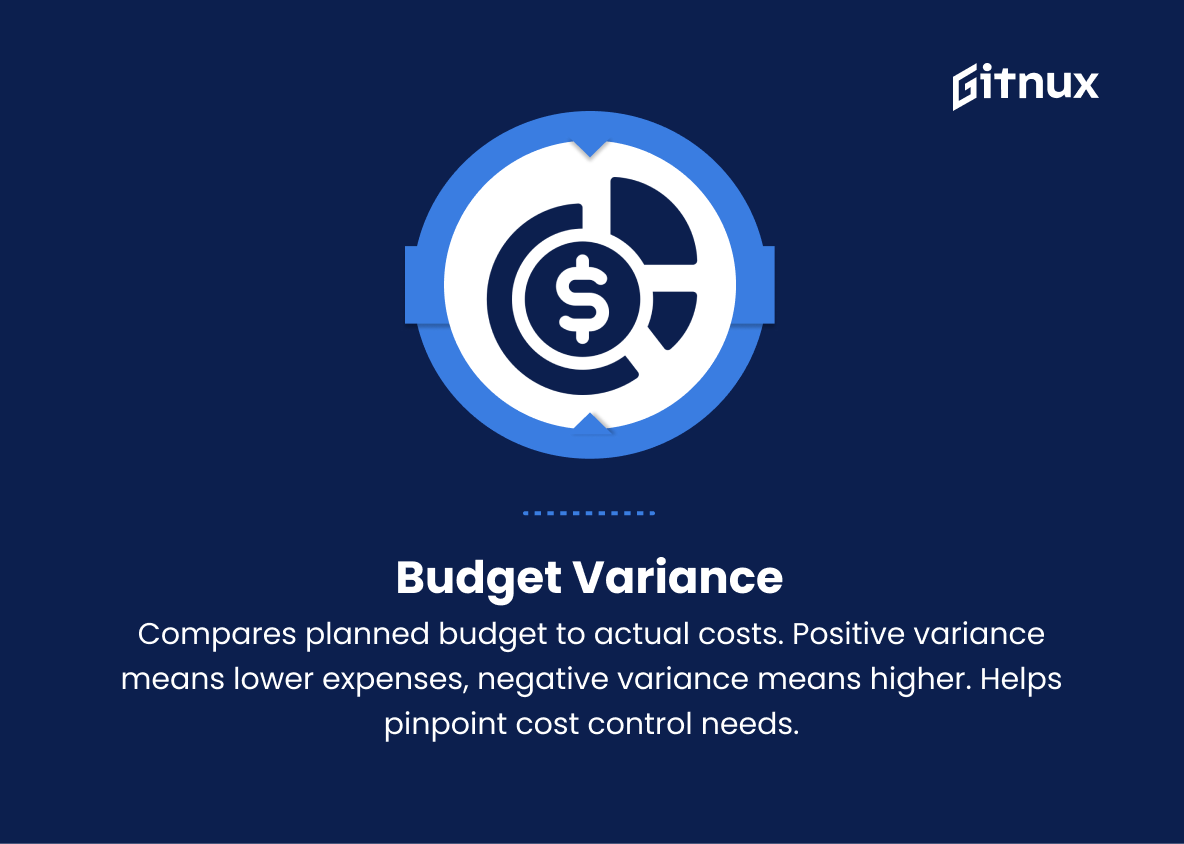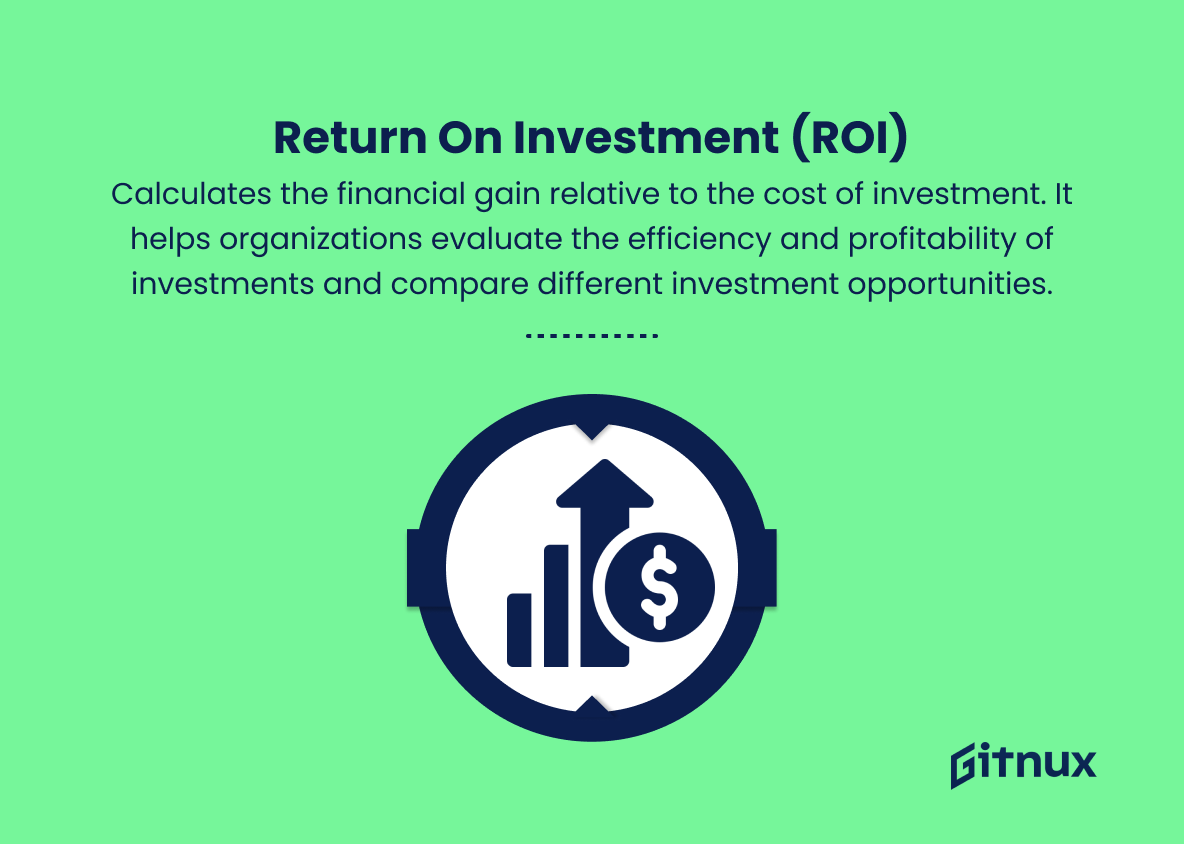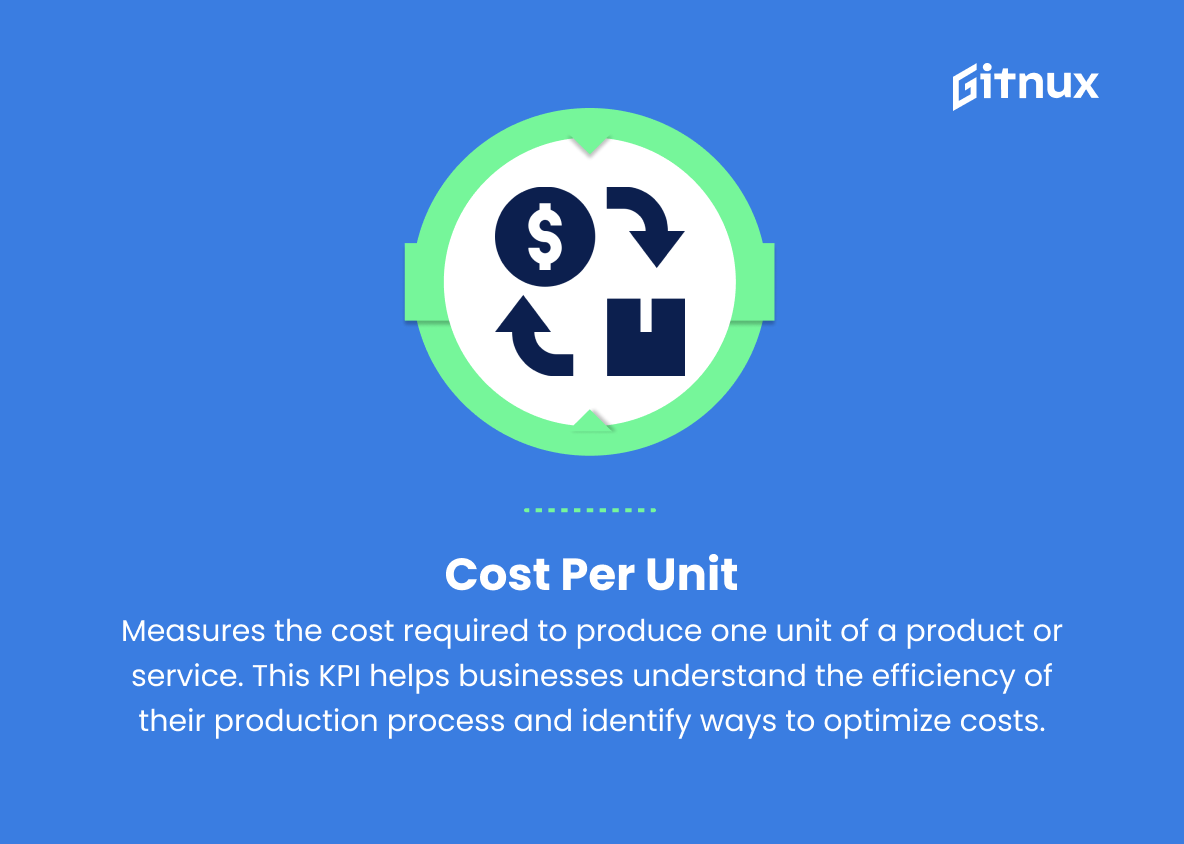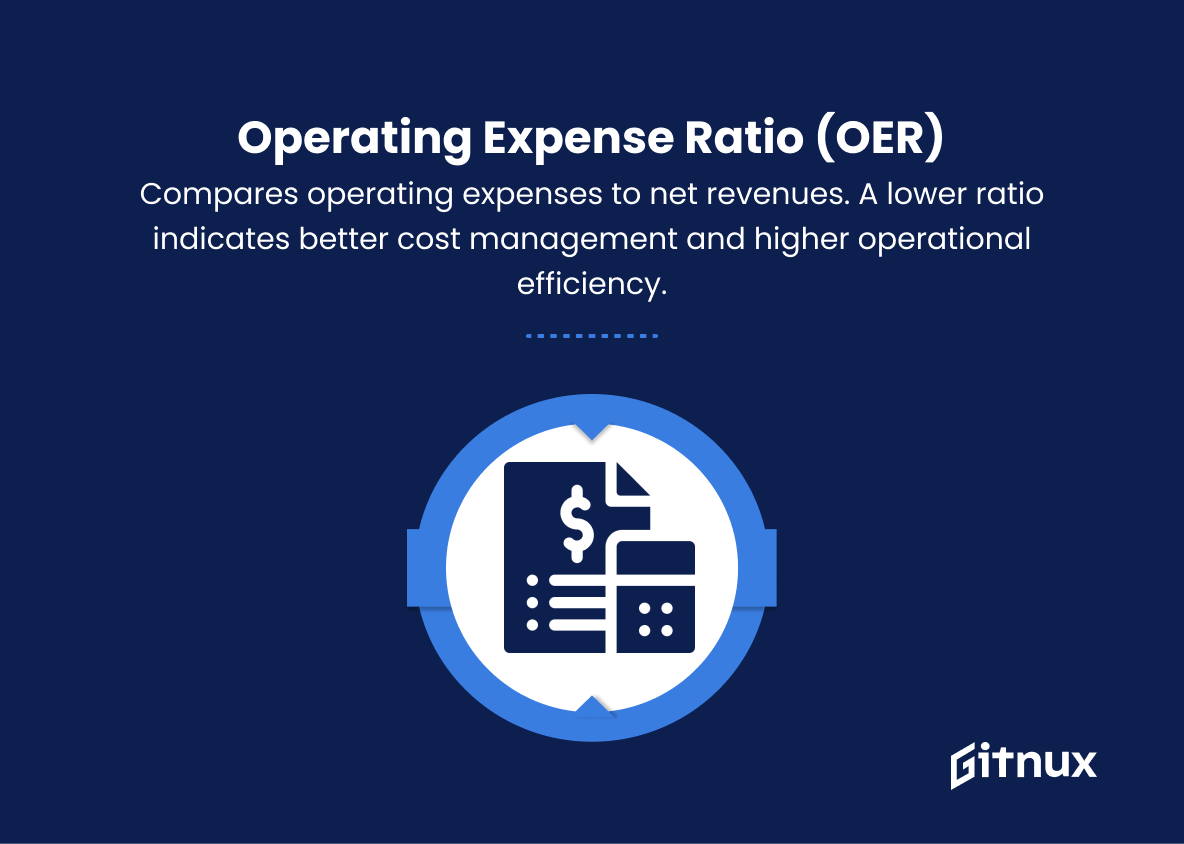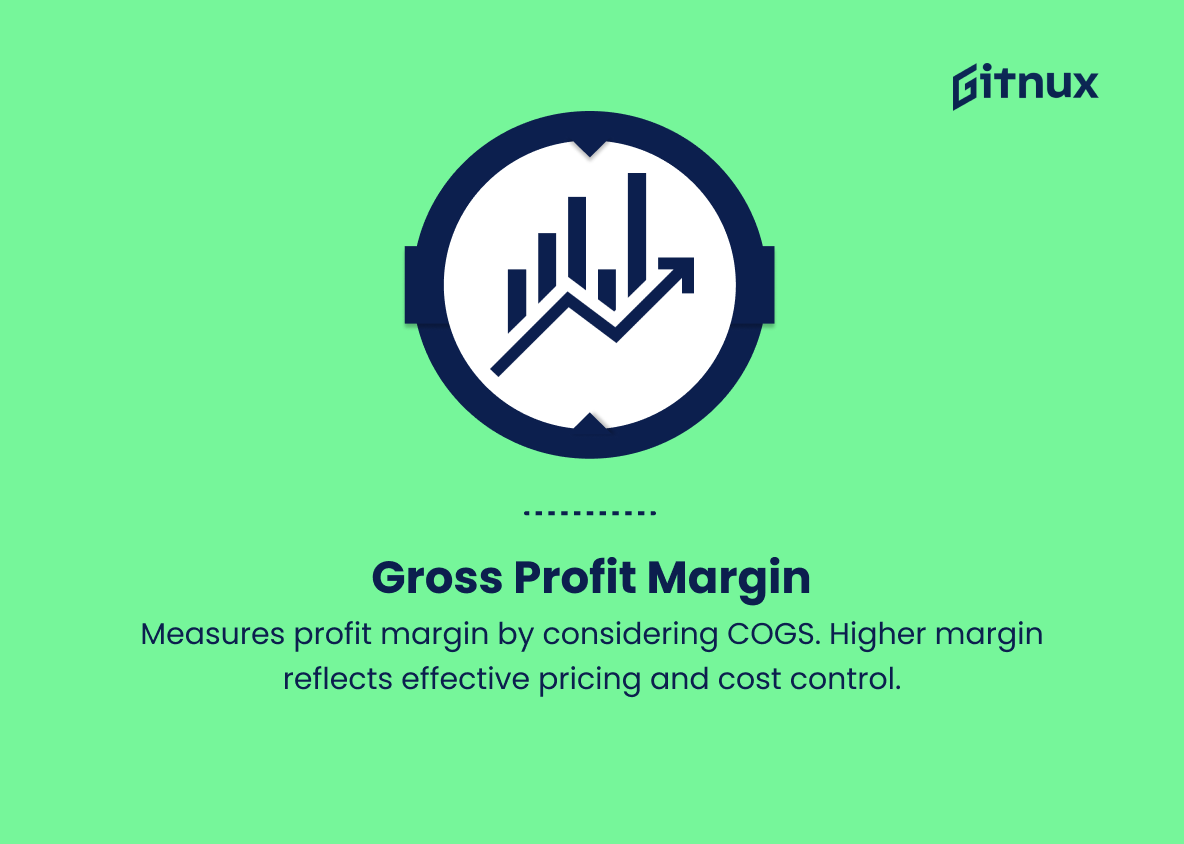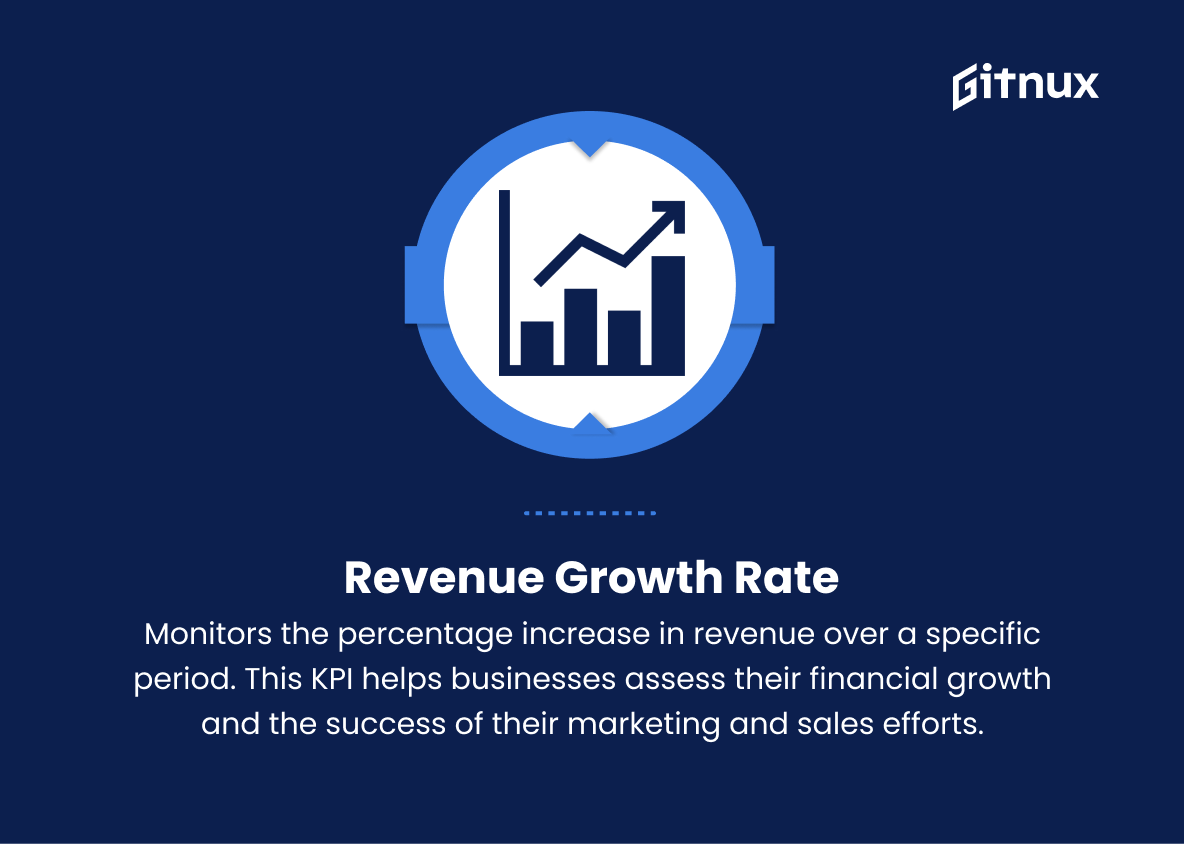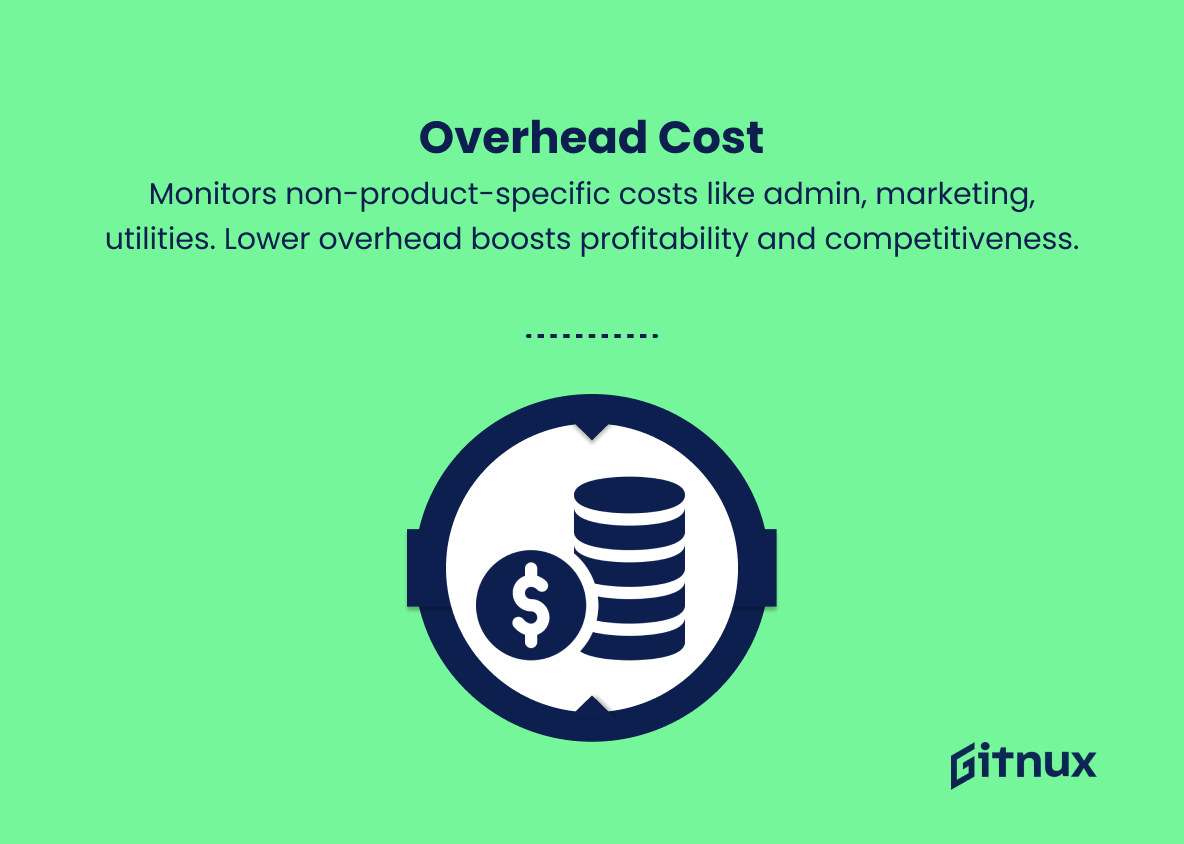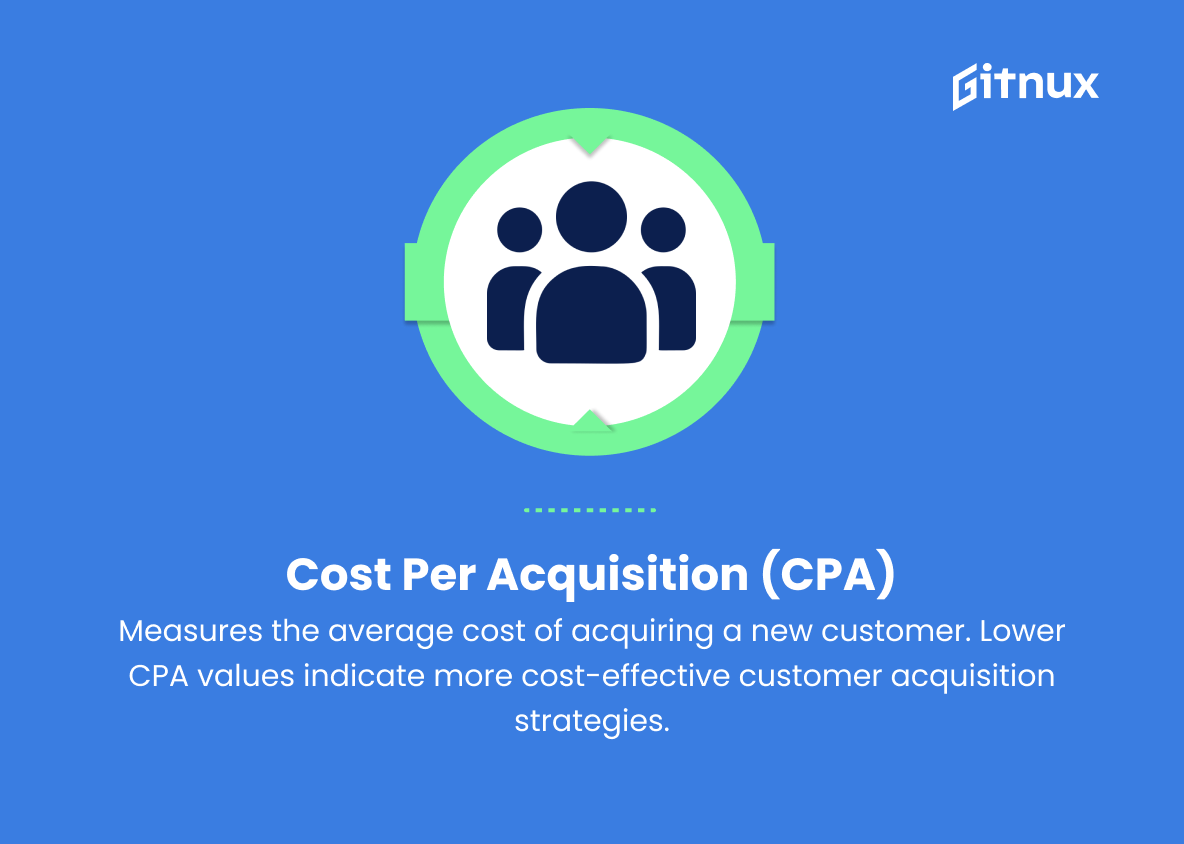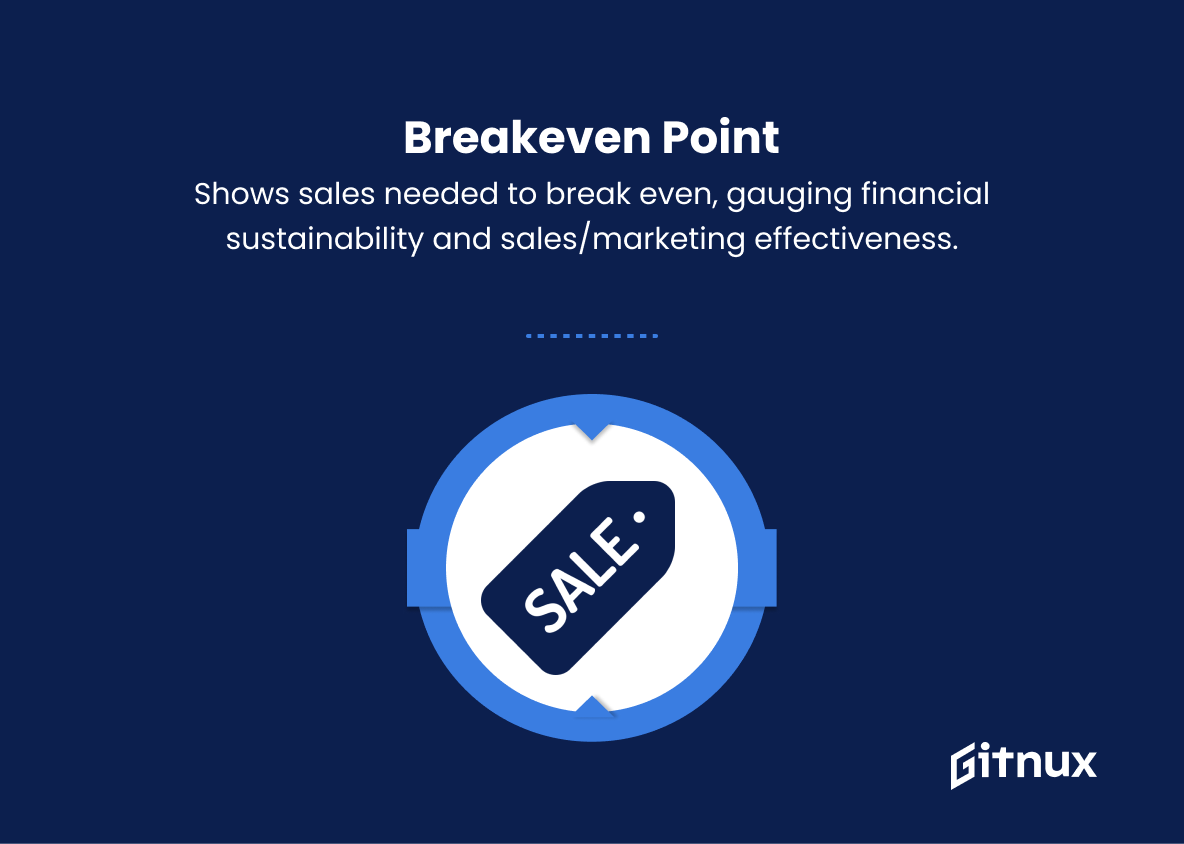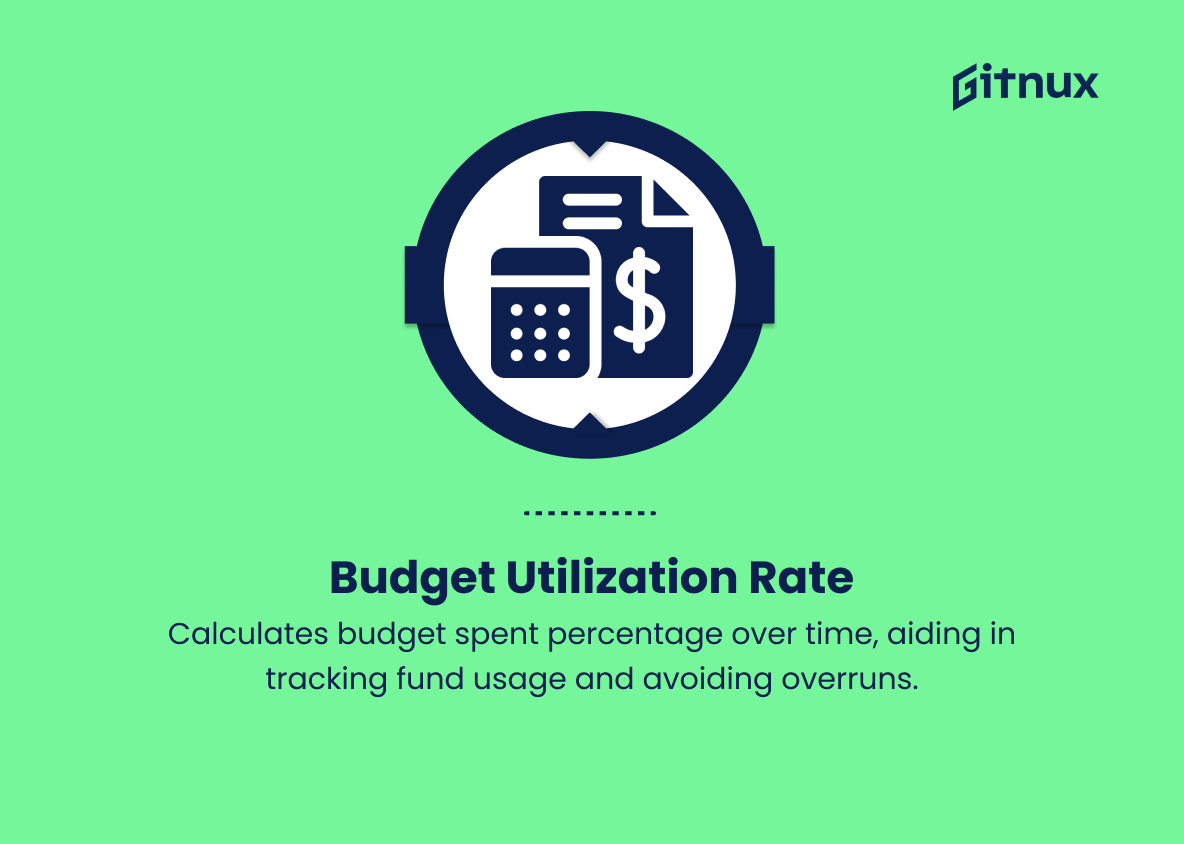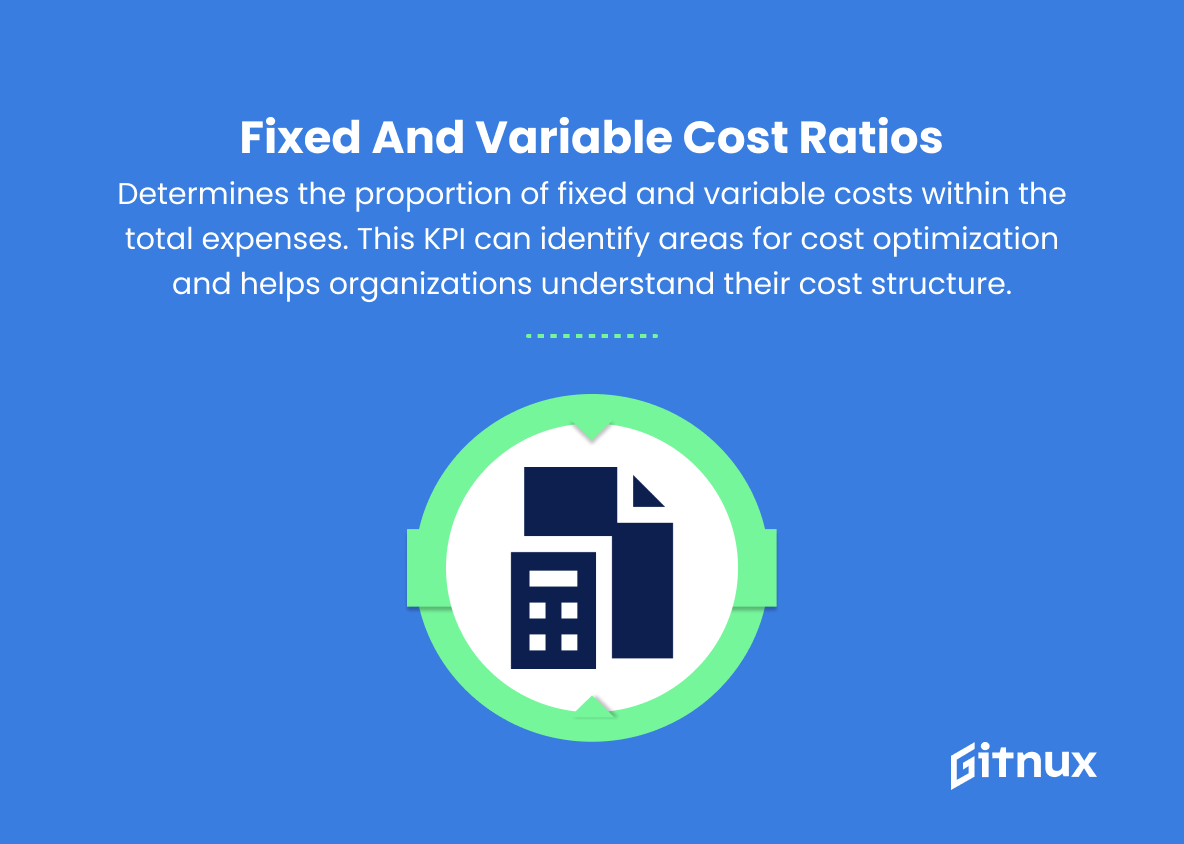In today’s rapidly evolving business landscape, a strong and well-structured financial strategy is crucial for success. Among the most critical elements of this strategic planning are Key Performance Indicators, or KPIs, that help organizations measure progress, identify trends, and hold themselves accountable. Budget KPIs, in particular, can serve as a compass to guide businesses through monetary challenges, ensuring the efficient use of resources while maintaining growth and profitability.
In this insightful blog post, we will delve into the significance of budget KPIs, exploring why they are essential for financial management, revealing the most pertinent ones to track, and ultimately, providing strategic insights to help your business thrive. As we navigate these topics, you’ll discover the power of budget KPIs as a formidable tool—ensuring that both short and long-term financial objectives are well within reach.
Budget KPIs You Should Know
1. Budget Variance
Measures the difference between the planned budget and the actual costs incurred. A positive variance indicates that the expenses are lower than planned, while a negative variance suggests higher costs. This KPI helps identify areas requiring cost control or adjustments.
2. Return on Investment (ROI)
Calculates the financial gain relative to the cost of investment. It helps organizations evaluate the efficiency and profitability of investments and compare different investment opportunities.
3. Cost Per Unit
Measures the cost required to produce one unit of a product or service. This KPI helps businesses understand the efficiency of their production process and identify ways to optimize costs.
Budget KPIs serve as critical indicators of an organization’s financial health and efficiency by tracking and assessing various cost and revenue factors.4. Operating Expense Ratio (OER)
Compares operating expenses to net revenues. A lower ratio indicates better cost management and higher operational efficiency.
5. Gross Profit Margin
Measures the percentage of revenue remaining after accounting for the cost of goods sold (COGS). A higher margin indicates that a company retains more revenue as profit, signifying a better pricing strategy and cost-control measures.
6. Net Profit Margin
Indicates the percentage of revenue remaining after accounting for all expenses, including operational costs, taxes, and interest. A higher margin reflects better overall profitability.
In today’s rapidly evolving business landscape, a strong and well-structured financial strategy is crucial for success.7. Revenue Growth Rate
Monitors the percentage increase in revenue over a specific period. This KPI helps businesses assess their financial growth and the success of their marketing and sales efforts.
8. Overhead Cost
Tracks the total costs that are not directly tied to a specific product or service, including administrative, marketing, and utilities expenses. Low overhead costs can contribute to higher profitability and competitiveness.
9. Cost Per Acquisition (CPA)
Measures the average cost of acquiring a new customer. Lower CPA values indicate more cost-effective customer acquisition strategies.
10. Breakeven Point
Represents the level of sales required to cover all expenses, with no profit or loss. This KPI helps businesses determine their financial sustainability and the effectiveness of sales and marketing efforts.
11. Budget Utilization Rate
Calculates the percentage of the allocated budget spent during a specific period. This KPI monitors the rate at which funds are being used, helping organizations anticipate potential overruns or underutilization.
12. Fixed and Variable Cost Ratios
Determines the proportion of fixed and variable costs within the total expenses. This KPI can identify areas for cost optimization and helps organizations understand their cost structure.
13. Capital Expenditure (CAPEX) versus Operating Expenditure (OPEX) Ratio
Compares long-term investments in assets and infrastructure (CAPEX) to ongoing expenses required for daily operations (OPEX). This KPI can guide organizations in making strategic investment decisions and determining the balance between sustaining and growing operations.
Budget KPIs Explained
Budget KPIs serve as critical indicators of an organization’s financial health and efficiency by tracking and evaluating various cost and revenue factors. They help identify areas for cost control, such as budget variance, which measures the difference between planned budgets and actual costs. Similarly, ROI helps evaluate the profitability of investments and guides strategic decision-making. KPIs also measure production efficiency (cost per unit), cost management (OER), and profitability (gross and net margins).
In addition, financial growth is monitored through the revenue growth rate, while overhead and CPA provide insight into cost optimization and customer acquisition. Establishing the break-even point helps companies assess their financial sustainability, and the budget utilization rate evaluates the allocation of funds. Finally, fixed and variable cost ratios and CAPEX vs. OPEX ratios provide insight into a company’s cost structure and investment strategies, enabling companies to make informed decisions for sustainable growth and profitability.
Conclusion
In summary, budget KPIs are critical tools for organizations seeking to make smarter financial decisions and improve overall operational efficiency. By monitoring these metrics, organizations can optimize resource allocation, identify areas for improvement, and adjust strategies to achieve their goals.
As the financial landscape continues to evolve, it is imperative to stay ahead of the curve by regularly reviewing and updating budget KPIs to ensure maximum accuracy and relevance. By doing so, organizations can maintain their financial trajectory, ensure long-term success, and cultivate a culture of growth and accountability.
